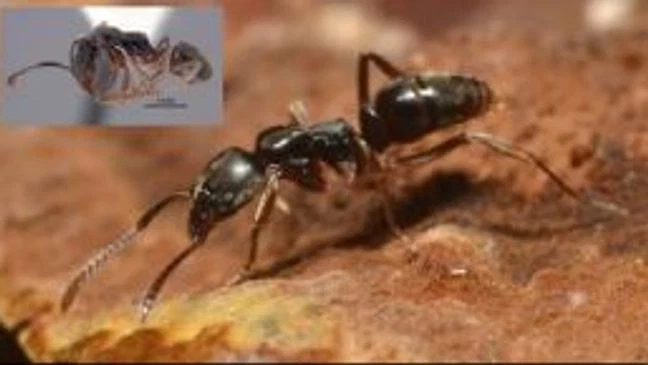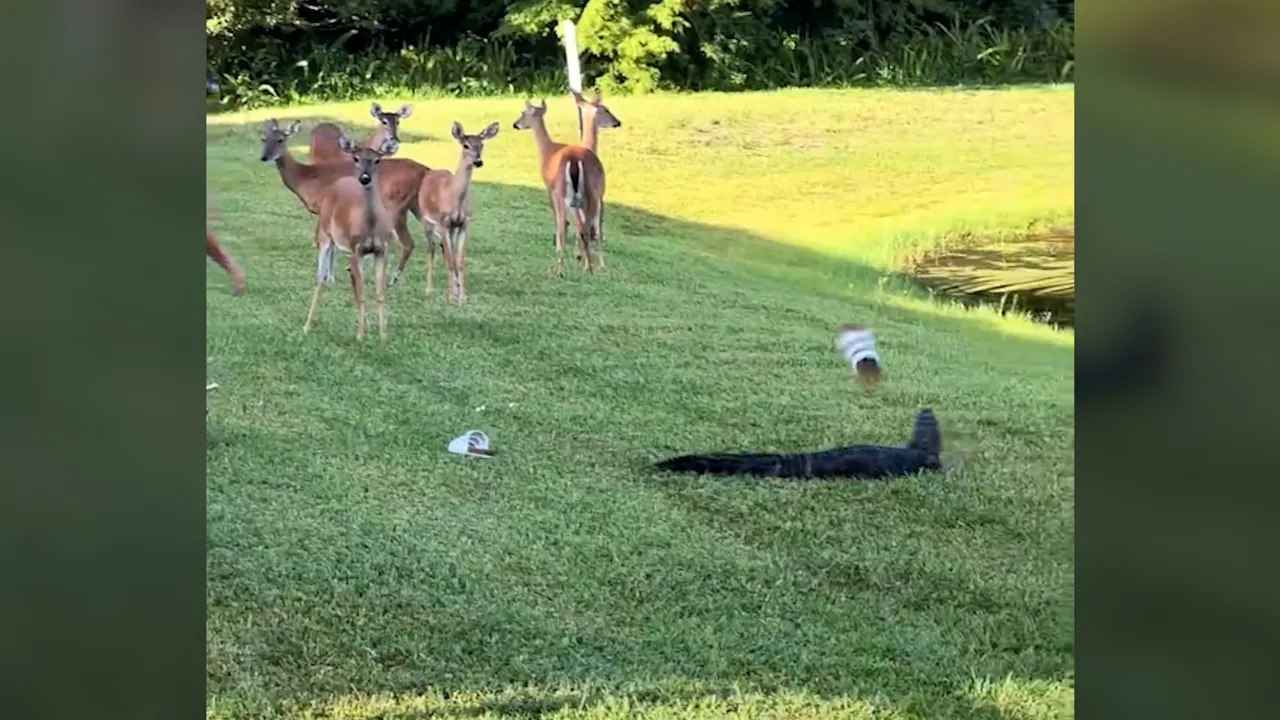CHICAGO — A venomous, invasive species of ant known as the Asian needle ant has been confirmed in Wisconsin, and experts warn that it could soon reach Illinois, according to a report from NBC Chicago.
The Asian needle ant (Brachyponera chinensis) is already established in 20 U.S. states, including Kentucky and Georgia, and is now considered a public health concern in areas where it has spread.
What Are Asian Needle Ants?
These ants are carnivorous and commonly found in moist environments like leaf litter, rotting wood, and mulch piles. While small in size — about 5 mm long — they carry a powerful venomous sting that can trigger severe allergic reactions, including anaphylactic shock in sensitive individuals.
According to North Carolina State University’s Urban Pest Management Lab, the venom from Asian needle ants is more reactive in humans than that of most native ant species.
“Their sting has the potential to hospitalize individuals with ant venom allergies,” researchers say.
At least three anaphylaxis cases related to Asian needle ant stings have been documented in Georgia, reinforcing the threat level.
Why Experts Call Them a “Triple Threat”
Researchers from NC State have identified three major reasons why this species is dangerous:
-
Painful, medically significant sting
-
Indoor infestation potential due to their small, elusive colonies
-
Disruption of native ecosystems — especially by displacing native ants and outcompeting other insects
These ants also kill termites and even coexist with Argentine ants, which are known super-colony builders — something scientists find alarming.
How They Might Spread to Illinois
Asian needle ants were recently spotted in Wisconsin, their closest-known presence to Chicago so far. Given their preference for environments like firewood, garden mulch, and leaf piles, their arrival in northern Illinois could happen via transport of yard materials or commercial mulch shipments.
The Illinois Department of Agriculture and university entomology departments are being urged to monitor spread trends closely.
“This species travels quietly and sets up colonies under the radar,” entomologist Dr. Doug Pfeiffer of Virginia Tech told NBC affiliate stations. “The first you know about them is often when someone gets stung.”
How to Identify and Report Them
Illinois residents are advised to:
-
Avoid handling ants directly, especially in wooded or garden areas
-
Look for slim, dark-colored ants with a visible stinger
-
Report suspected sightings to your local University of Illinois Extension office or the Illinois Natural History Survey
These ants are often mistaken for native species, but trained professionals can identify them using both behavior and physical traits.
Have You Noticed Unusual Ants in Your Neighborhood?
Could these stinging invaders already be near your home or park? Share your thoughts and sightings in the comments below — your voice helps protect the Chicago community.












